When the economy is in a constant state of growth, we often forget the importance of budgeting. The essence of a budget is to understand the cash inflows and the required cash outflows of your organization. In times of economic crisis, it is imperative that you understand the short term cash requirements of your organization. The purpose of this post is not to explain how to budget, but to provide some advice on what your organization can being doing right now to increase the likelihood of successfully enduring the effects of COVID-19.
Know Your Current Cash Position
For several organizations, cash inflows are on a temporary hold. How long can your organization last without any short term cash inflows? The following ratio can help you better understand your most liquid reserves:
Cash + Cash Equivalents – (Restricted Cash)
Typical Month’s Expenses
This ratio will let you know how many months your organization can operate at its current rate without any additional cash inflows. If you have outstanding receivables or pledges without donor restrictions and you expect to receive these in the next month or so, you can include those amounts in the numerator.
If your organization has ceased operations but is committed to maintain payroll, the following calculation can help you understand how long it will be possible to do so:
Cash + Cash Equivalents – (Restricted Cash)
Typical Month’s Payroll + Health Insurance + Rent & Occupancy Expenses
This ratio will help you evaluate how long it is possible to maintain your employees’ payroll and benefits. In these difficult times, remember that most of the extraordinary work your organization performs is because of your dedicated personnel. Because it is the highest dollar value on the statement of functional expenses, many nonprofits look to salaries and wages as the first place to cut costs in hard times. You may get to the point where cutting personnel is necessary; however, explore other line items for savings, think creatively, and do your best to stick to your organizational values.
These two ratios are a basic approach to determining the immediate cash flow needs of your organization. Another approach would be to prepare a short term cash flow projection that will show the expected cash flows for the next six months. You will want to modify this projection from your original budget to better fit the current economic situation.
For a template to calculate your own cash flow projection, click below.
Short Term Cash Flow Projection
Use all Your Resources
Once you have an idea of your cash position, you will have a better idea of how many individuals you will need to include in your decision making process. Involve the board and senior leadership in determining appropriate solutions for managing the cash you have. Most of these individuals are professionals who have been through the recession and will know how to best help the organization. However, don’t hesitate to open the discussion to others within the organization or within the immediate community. Nonprofits help resolve community challenges and can greatly benefit from input of the community.
Keep Communication Open
When under crisis, a common response is to go quiet. We put so much of our focus on solving the problem at hand that our communication with others is no longer a high priority. Other times we are on our planned course without a change or resolution and feel like a broken record with no new information to share. In a time of crisis, communication is key to keeping the community involved with the nonprofit.
Early in my career, I worked for a national CPA firm. The only two audit partners in our local office left the firm at the same time. Initially, our corporate office communicated the desire to hire a new audit partner for our office and until someone was found we would work with audit partners from other out of state offices. It took nearly two years for a new audit partner to be hired for our office. During these two years there was little to no communication to our audit department from the corporate office. During this span, we lost an additional 20% of our audit personnel without hiring new employees.
Even if the corporate office had communicated failed interview attempts, the communication itself would have provided hope that a plan was in place and was being enacted. This pandemic will pass and donors need to know that you are there and are doing your best to continue your mission. Even communicating your failures will help donors see what you are facing as an organization and can help motivate them to better support you and your goals.
Don’t Delay
The earlier you are able to evaluate your cash flow position, the more cash you will have for the plan you put in place. Too often organizations will put off this decision making to see how the situation progresses. Ten seconds into the recent earthquake, I admittedly found myself in the same spot of the room as when it had started. I found myself waiting for the earthquake to pass without taking any action to put myself in a safe spot. The longer an earthquake lasts, the more dangerous it becomes and if you passively sit and wait it out you will find yourself far from a safe spot. We must act immediately to get ourselves in the best position to move forward.
For more information on nonprofit budgeting and cash flow questions contact Larson & Company today.


.png)




